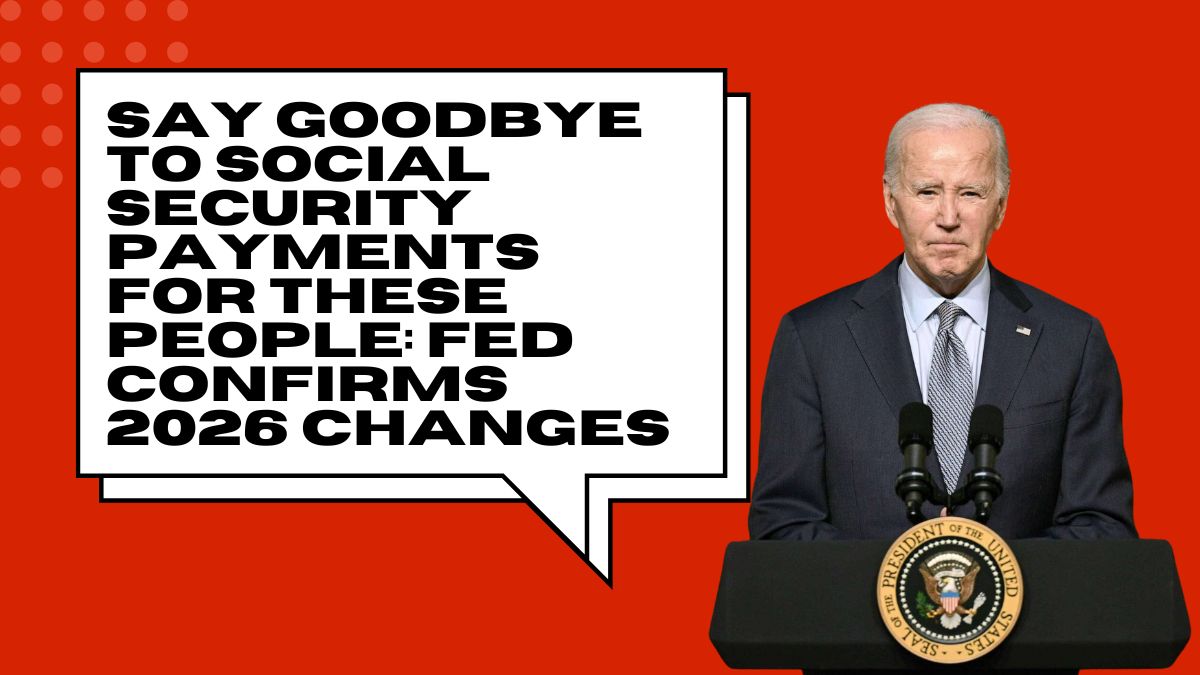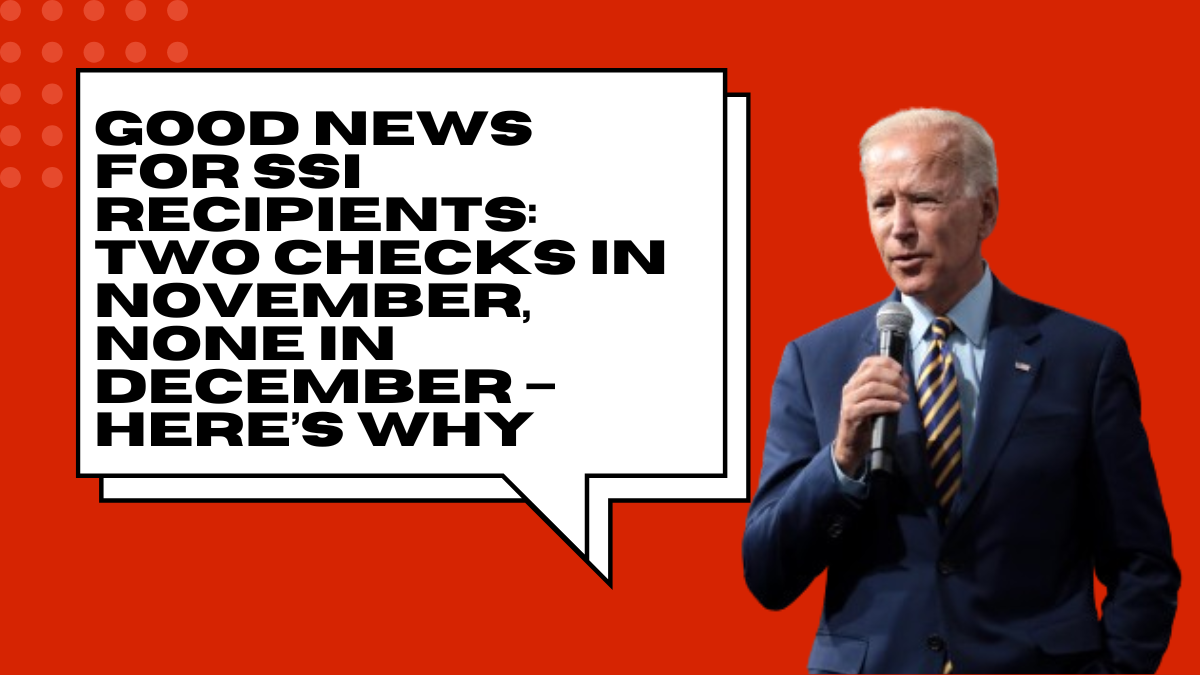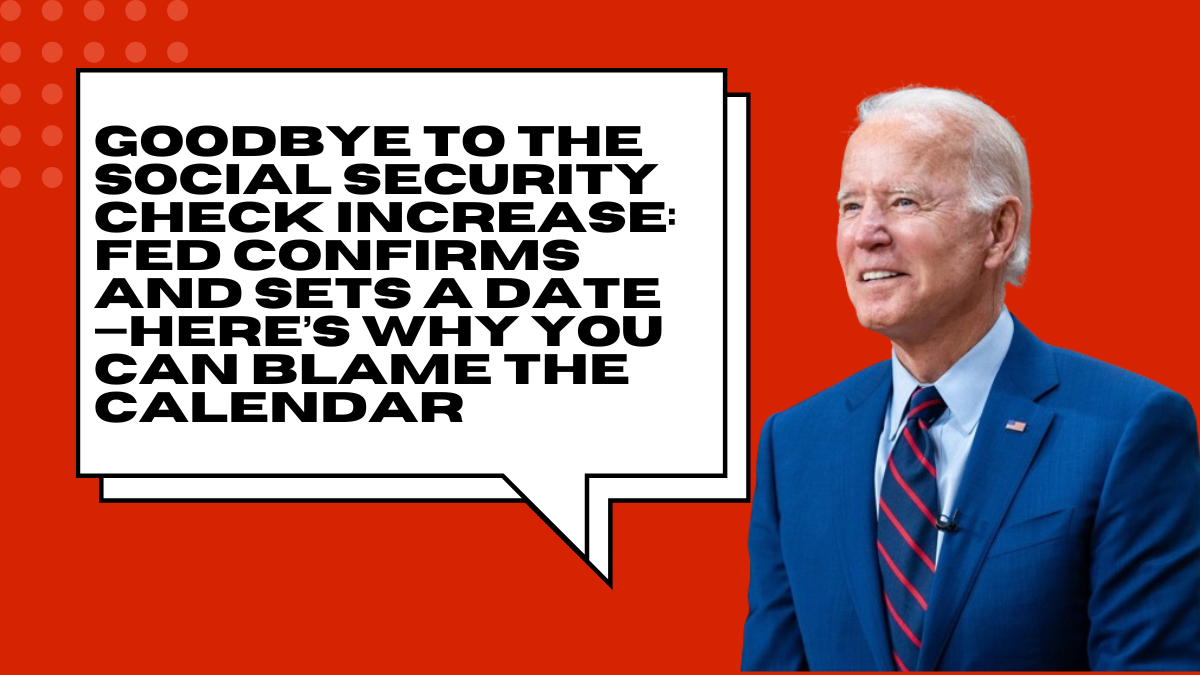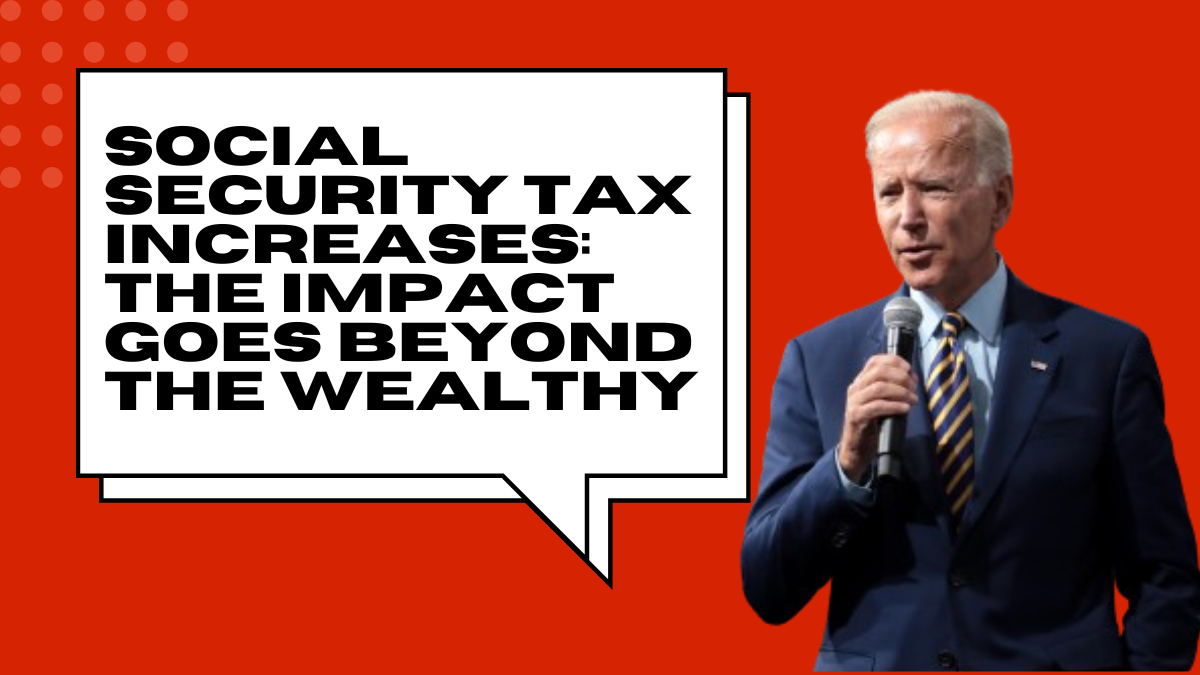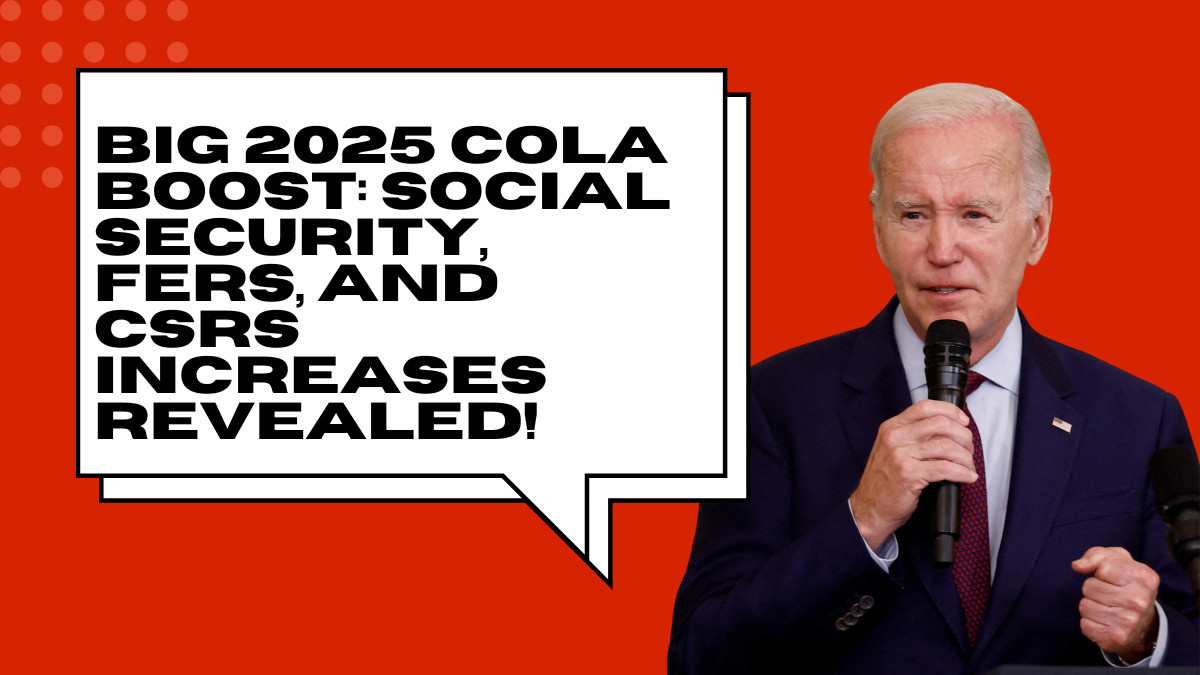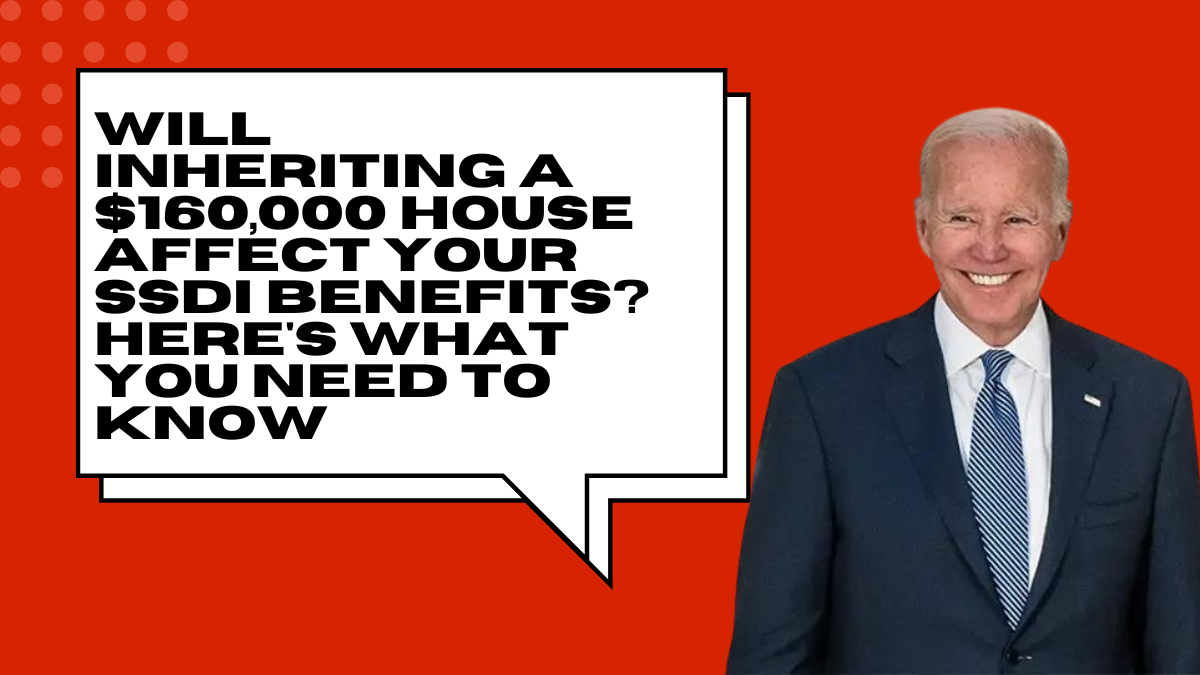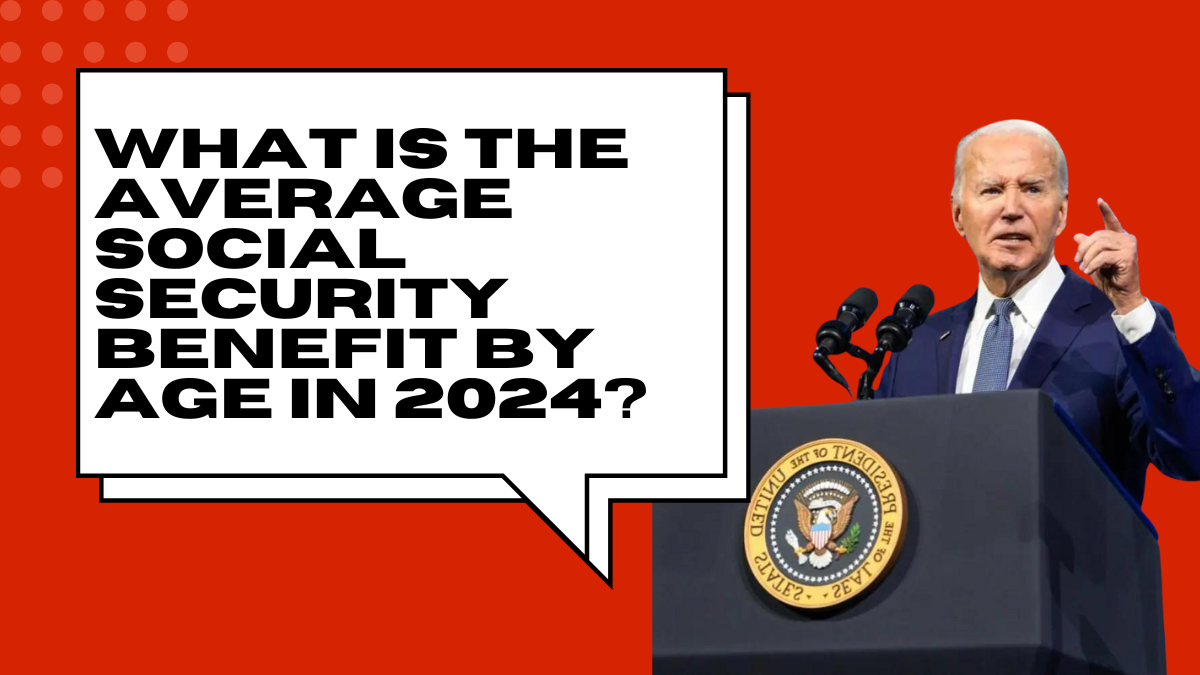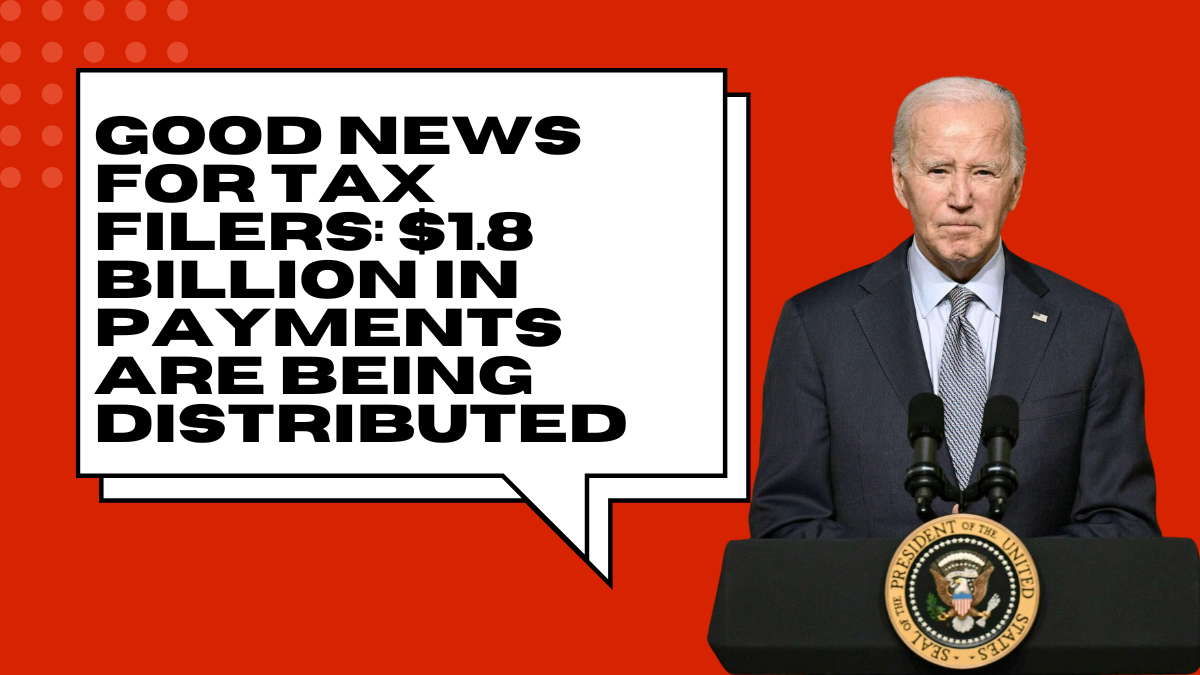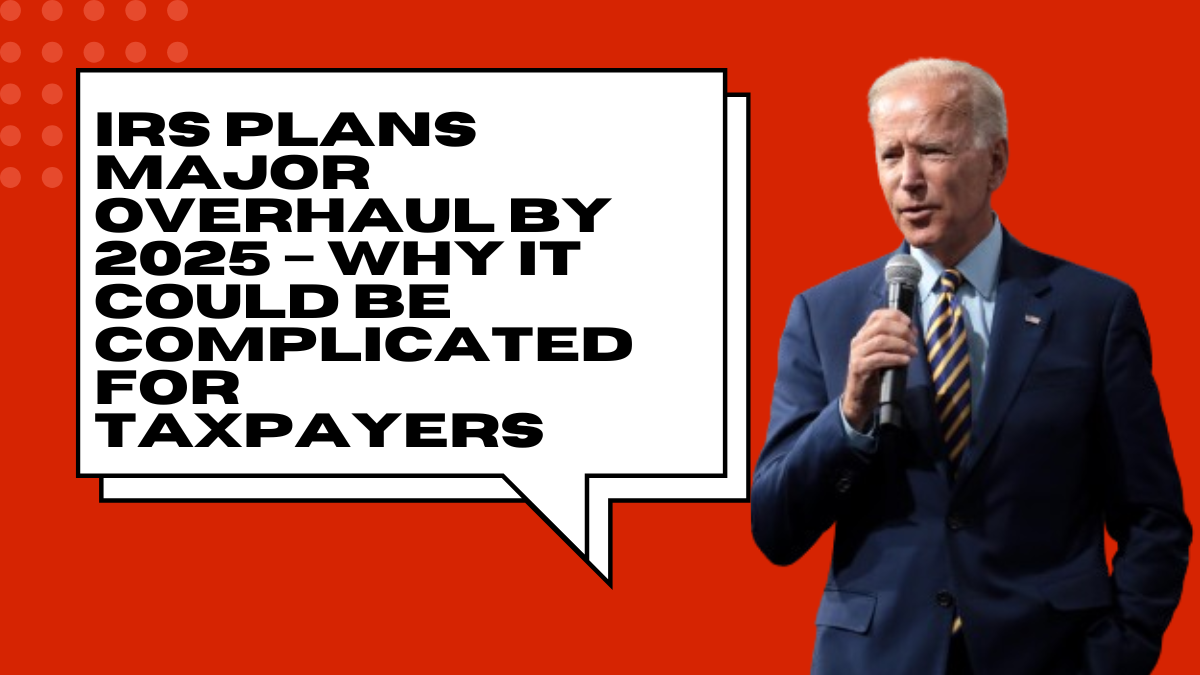The Federal Reserve (FED) has made a significant announcement that could impact Social Security payments starting in 2026.
While retirees have anticipated annual increases based on the cost-of-living adjustment (COLA), the FED’s latest decision could lead to reductions in payments for specific groups.
This article explores the details of these changes, how they could affect Social Security beneficiaries, and what retirees should prepare for moving forward.
Understanding the FED’s 2026 Changes

In October 2024, the Federal Reserve confirmed that certain groups of people might no longer receive Social Security benefits beginning in 2026. This decision stems from a broader economic adjustment aimed at stabilizing inflation and preventing economic recessions. The announcement comes as the Federal Reserve continues to lower interest rates, which may contribute to future cuts in Social Security benefits.
The FED’s reasoning revolves around the belief that inflation, while currently stabilizing, requires preemptive measures to ensure long-term economic health. As a result, certain demographic groups, particularly higher-income retirees, may see their benefits reduced or eliminated.
Who Will Be Affected?
According to the FED’s forecast, the following groups may no longer receive Social Security payments by 2026:
- High-income retirees: Individuals with income above a certain threshold may see their benefits significantly reduced or terminated.
- Dual-income households: Retirees who receive both Social Security and pensions or other retirement funds could face reductions.
- Early retirees: Those who started receiving Social Security benefits before the full retirement age could experience further cuts.
- Individuals with private savings plans: People who have considerable private retirement savings may see their benefits reduced, as their financial stability is considered sufficient without Social Security payments.
These adjustments are designed to balance the strain on Social Security funds, ensuring its long-term viability.
The Federal Reserve’s Interest Rate Strategy
The Federal Reserve’s decision to reduce interest rates for the first time in four years signals a shift in focus from inflation control to preventing a potential recession. This decision comes as a result of the economic challenges that have persisted since the COVID-19 pandemic, including the war in Ukraine, which disrupted global markets and increased economic volatility.
A decrease in the Federal Reserve’s rate is a double-edged sword. On the one hand, it stimulates economic growth by making borrowing cheaper for businesses and individuals. On the other hand, it can negatively impact long-term benefits like Social Security, which is sensitive to broader economic trends.
Projected COLA Reductions

The Social Security Administration (SSA) determines annual increases based on the Consumer Price Index (CPI). However, with the FED’s rate cuts and inflation stabilizing, future COLA increases are expected to be smaller.
In 2025, retirees can expect a modest increase in their Social Security payments, but this could be followed by reductions in 2026, particularly for those in higher-income brackets.
The Impacts on Retirees and Beneficiaries
While many retirees rely on Social Security as their primary source of income, the adjustments may force higher-income retirees to explore alternative income streams. Here’s a breakdown of how the FED’s changes may affect different groups:
| Group | Expected Impact |
|---|---|
| High-income retirees | Benefit reductions or termination |
| Dual-income households | Likely reduction in benefits |
| Early retirees | Potential further cuts, especially for those claiming benefits early |
| Individuals with significant savings | Reduced or eliminated Social Security benefits |
These changes may be unsettling for those affected, especially as Social Security is a primary safety net for millions of Americans.
Preparing for the 2026 Changes
Retirees and those nearing retirement should take steps to mitigate the potential loss of Social Security payments:
- Increase private savings: Building a robust emergency fund and contributing to retirement accounts such as IRAs or 401(k)s will provide more financial security.
- Delay retirement if possible: Retirees who delay claiming Social Security until their full retirement age or later can increase their monthly benefit.
- Invest in diversified portfolios: Financial advisors often recommend diversifying retirement portfolios to minimize risk and maximize returns.
- Stay informed: Keeping track of future announcements from the FED and Social Security Administration is crucial for making timely financial decisions.
Long-term Economic Outlook
The FED’s current strategy aims to prevent economic downturns, but this also means tough decisions for benefit programs like Social Security. The future economic climate will play a major role in determining whether further adjustments will be needed.
It is likely that the changes in Social Security payments will be part of a broader reform to make the program more sustainable.
Conclusion
The Federal Reserve’s announcement marks a turning point for Social Security beneficiaries, particularly high-income earners and dual-income households. With benefits reductions expected by 2026, it is crucial for retirees and future retirees to plan ahead by increasing their savings and delaying their claims if possible.
While the changes may seem daunting, they are part of an effort to ensure the long-term stability of the Social Security program. By staying informed and prepared, individuals can navigate these changes with greater financial security.
FAQs
1. Why is the FED reducing Social Security payments?
The FED’s adjustments aim to stabilize the economy and manage inflation. As part of broader reforms, certain groups may face reduced or eliminated benefits.
2. Who will be most affected by these changes?
High-income retirees, dual-income households, early retirees, and those with significant private savings are likely to see reductions.
3. Can retirees do anything to avoid these cuts?
Retirees can prepare by increasing private savings, delaying retirement, and diversifying investment portfolios.
4. Will all Social Security recipients be affected by these changes?
No, the changes will primarily affect higher-income groups, while lower-income retirees may not experience significant cuts.
5. When will these changes take effect?
The changes are expected to take effect starting in 2026, but updates will be provided by the Social Security Administration as they are confirmed.
References
- U.S. Social Security Administration
- Federal Reserve System Announcements
- Latest COLA projections from SSA (2024)
